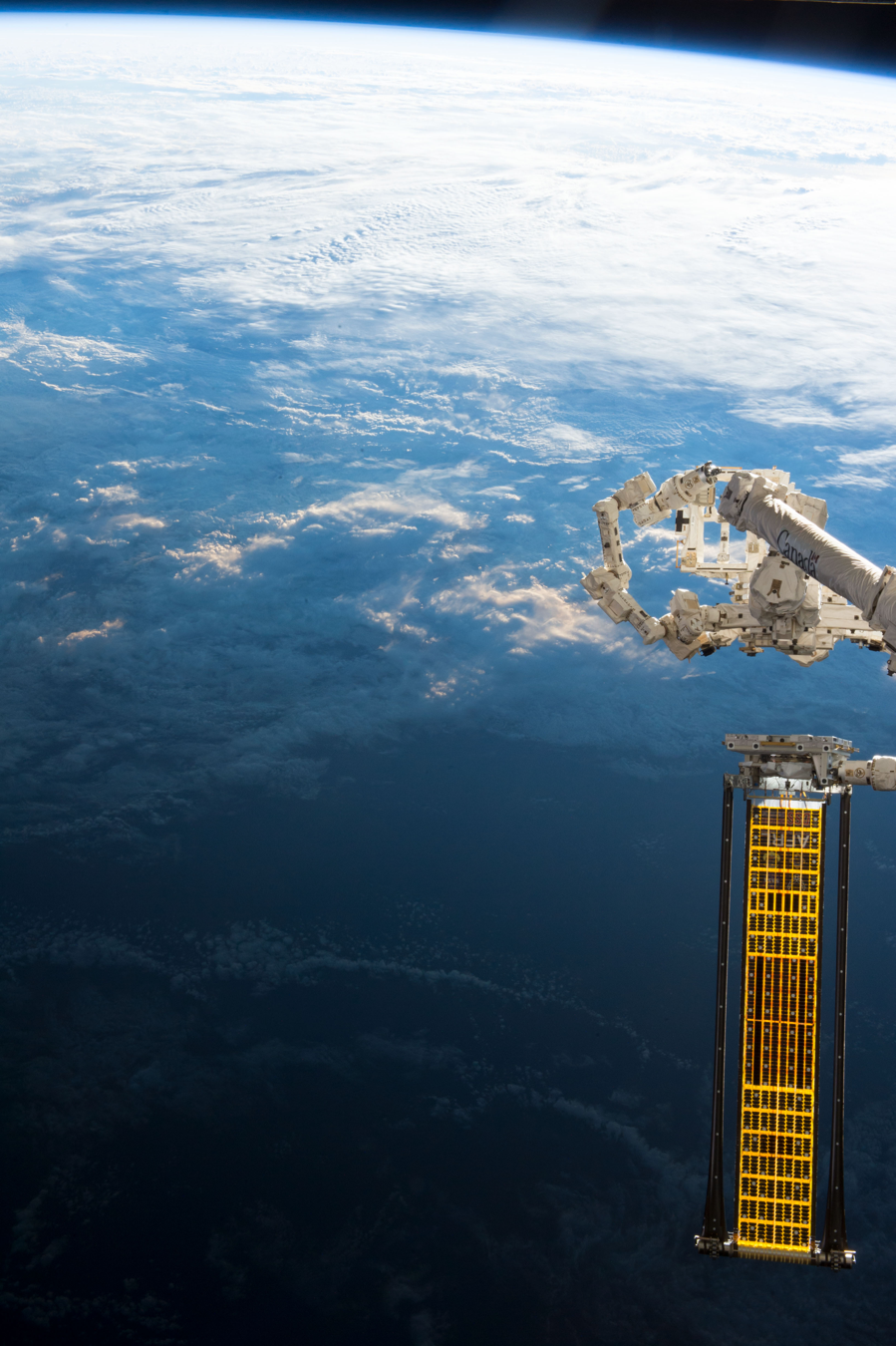
ST. GEORGE — A giant space rock larger than the Eiffel Tower will enter Earth’s orbital path this weekend and is expected to whiz past Earth without making impact – but it will still be closer to the planet than it has been in 20 years, NASA says.

The space rock, dubbed asteroid 4660 Nereus, is roughly the size of three football fields and is considered a “potentially hazardous” object due to its size and proximity to Earth, but according to NASA, there is no threat of this rocky object striking Earth.
On Saturday, the asteroid is expected to make a pass within approximately 2.4 million miles from the planet’s surface, or roughly 10 times the distance between the Earth and the moon.
That may seem like a massive gap of space – but by cosmic standards – it’s within shouting distance.
Even so, at its closest approach, which will take place just before 9 a.m. MST, it will be far too faint to see with the naked eye, but can be visible using 8-inch telescope or larger.
Nereus is considered a “near earth” object by NASA, which is anything that passes within 120 million miles of Earth, and this space rock will not make as close of a call again for nearly 40 years – when it is expected to be 3 times closer as it makes its approach on Feb. 14, 2060.
A 2012 NASA survey predicted there were more than 4,700 such asteroids out there.

Most asteroids are irregularly shaped, and this one is no different. In fact, Nereus is an elongated rock that appears as a lumpy potato flying across the cosmos on its orbit around the sun, which takes roughly 661 days – or 1.8 times that of Earth. Nereus is named after the Greek sea god who was the son of Gaia, believed to be the personification of the Earth, and was discovered in 1982 at the Palomar Observatory, where the elongated rock emerged.
Typically, the speed at which asteroids move depends on their distance to the Sun, and the closer they are, the greater the speed. This icy rock, however, is considered a slower-moving asteroid, traveling at a mere 14,700 mph as it streaks across the heavens, compared to other Earth-passing boulders that travel at more than 55,000 mph.
To put this into perspective. It took an Apollo astronaut roughly three days to travel to the moon, but a typical asteroid can make the journey in just four hours.
Nereus’s slower orbit and close proximity to Earth makes it the perfect candidate for asteroid missions, as well as the fact that by some reports, the mineral-rich space rock is home to an estimated $5 billion in precious metals, including nickel, iron and cobalt, as reported by EarthSky.
Emerging from space rubble
Asteroids were formed 4.6 billion years ago from leftover remnants from the early formation of the solar system. Since the formation of Jupiter prevented any planets from forming between Mars and Jupiter, it created a gap in between the two planets, and that void is known as the asteroid belt, which is where space rubble collides. And the fragments from those collisions form asteroids.

According to NASA, asteroids range in size from Vesta – the largest space rock that is 329 miles in diameter – to bodies that are less than 33 feet across. The total mass of all the asteroids combined is still less than that of Earth’s Moon. To date, more than 1.1 million of these space rocks have been identified by scientists.
As asteroids revolve around the Sun in elliptical orbits, they also rotate and tumble. More than 150 of these tumbling ice rocks are known to have a small companion moon, or even two, and a few even travel in pairs, known as binary asteroids that orbit each other as they continue along on their journey across the cosmos.
Change, of course, can spell disaster
An asteroid’s orbit can change, or it can be knocked off course by Jupiter’s massive gravity or an occasional close encounter with Mars or other objects. Once they are knocked out of the main asteroid belt, they can be hurled into space in any direction and even disrupt the orbits of other planets, as has happened numerous times with rogue asteroids slamming into Earth, or crossing into the orbit of the other planets.
For this reason, scientists are continuously monitoring these asteroids whose paths intersect Earth’s orbit, or any near-Earth asteroid that comes too close for comfort, and while no known asteroid larger than 460 feet in size has a significant chance to hit Earth for the next 100 years or so, only about 40% of those asteroids have been found as of October.
To that end, NASA recently launched a spacecraft as part of its Double Asteroid Redirection Test mission, or DART, in order to redirect an asteroid by ramming it off its reported hazardous path.
Copyright St. George News, SaintGeorgeUtah.com LLC, 2021, all rights reserved.